 |
 |
 |
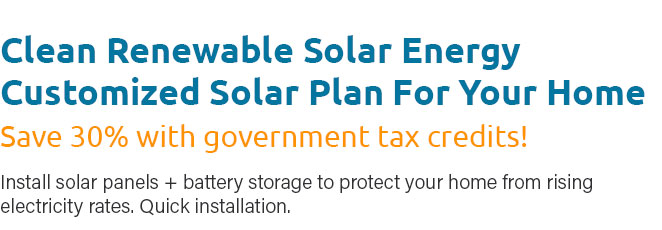 |
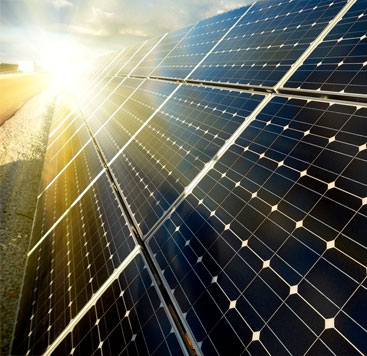 |
 |
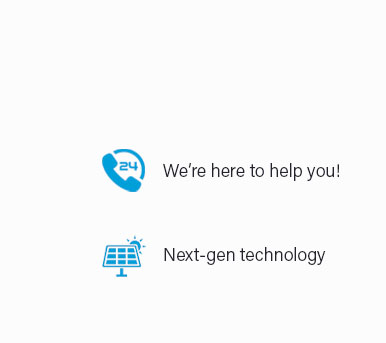 |
 |
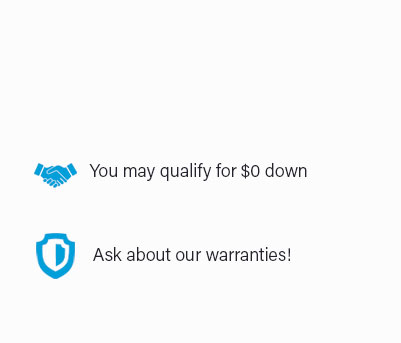 |
 |
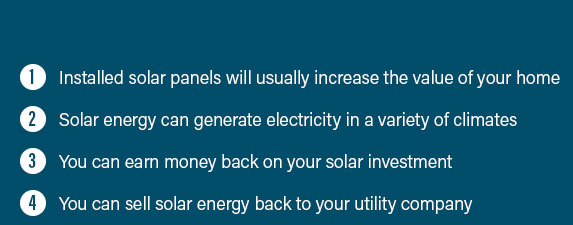 |
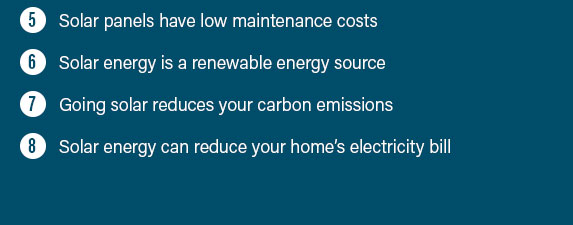 |
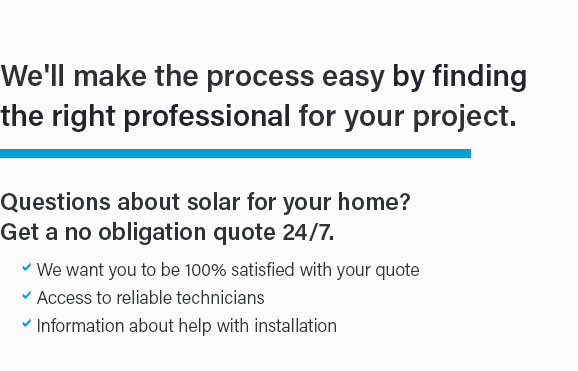 |
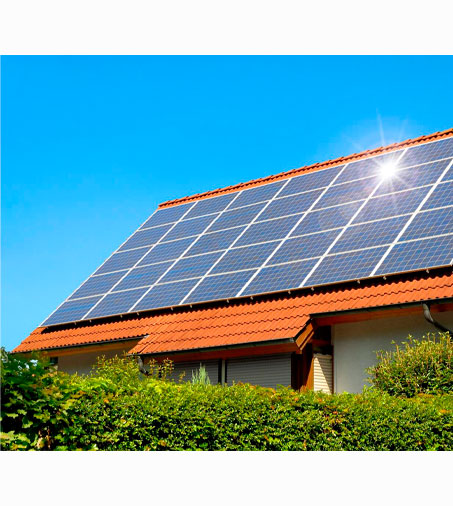 |
|
 |
 |
 |
Exploring Solar Panel Installation on the Central CoastThe Central Coast, with its picturesque landscapes and abundant sunshine, has become a prime location for embracing renewable energy solutions, particularly solar panel installations. As more homeowners and businesses seek sustainable energy sources, understanding what to expect during the installation process becomes essential. This article delves into the intricacies of solar panel installation on the Central Coast, offering insights into the various stages involved and highlighting key considerations for potential adopters. Initial Assessment and Site Evaluation The journey to harnessing solar energy typically begins with an initial assessment and site evaluation. This crucial step involves a comprehensive analysis of the property to determine its suitability for solar panels. Factors such as roof orientation, angle, shading, and available space are meticulously examined. It's essential to engage with a reputable solar provider who can conduct a thorough site evaluation, ensuring that your property can maximize solar energy absorption. An experienced installer will also discuss your energy needs and goals, providing a tailored recommendation on the optimal system size and configuration. Choosing the Right Equipment Once the site evaluation is complete, the next step involves selecting the appropriate equipment. The Central Coast market offers a plethora of solar panel options, each varying in efficiency, durability, and cost. When making a decision, it is advisable to consider factors such as the manufacturer's reputation, warranty terms, and the technology used in the panels. Monocrystalline panels, known for their high efficiency and sleek appearance, are often recommended for those with limited roof space, while polycrystalline panels offer a cost-effective alternative for larger installations. Additionally, inverters, which convert the solar energy into usable electricity, are a critical component of the system. Opt for reliable brands that offer smart inverter technology to monitor performance and ensure seamless operation. Installation Process The installation process itself is typically straightforward, yet it requires skilled professionals to ensure a safe and efficient setup. The duration of installation can vary depending on the complexity of the project and the size of the system. On average, most residential installations are completed within one to three days. During this phase, installers will secure the mounting system to the roof, position the panels, and connect the electrical components. It's imperative that the installation adheres to local regulations and safety standards, emphasizing the importance of hiring certified and experienced installers. As a homeowner, you can expect minimal disruption during this phase, with most work occurring on the roof and in the electrical panel area. Inspection and Activation Upon completion of the installation, the system undergoes a rigorous inspection to ensure compliance with local codes and standards. This step is vital for both safety and functionality, and it often involves coordination with local authorities or utility companies. Once approved, the system is activated, allowing you to start generating your own electricity and potentially reducing your energy bills. It's worth noting that many solar systems come equipped with monitoring software, enabling you to track energy production and consumption in real-time. Benefits and Long-Term Considerations Investing in solar energy on the Central Coast offers numerous benefits beyond the obvious environmental advantages. Financial incentives, such as government rebates and feed-in tariffs, can significantly offset the initial installation costs, enhancing the return on investment. Moreover, solar panels can increase property value and provide a hedge against rising electricity prices. Regular maintenance is essential to ensure optimal performance, though modern systems typically require minimal upkeep. Periodic cleaning and inspections can help maintain efficiency and prolong the lifespan of the panels.
In conclusion, solar panel installation on the Central Coast presents a compelling opportunity for individuals and businesses seeking to embrace renewable energy. By understanding the installation process and choosing the right equipment and installer, you can make an informed decision that aligns with your energy goals and contributes to a more sustainable future. With the region's abundant sunshine, the shift towards solar power is not only a smart financial investment but also a step towards environmental stewardship. https://sunsolarpros.com/central-coast-solar/
Why Choose Sun Solar for Solar Panel Installation in Central Coast? When you choose Sun Solar to handle your transition to clean, renewable energy, you can ... https://www.photonbrothers.com/central-coast/solar-installations
Our team of skilled solar engineers will craft a custom solar system that's unique to your home, energy needs, and budget. https://sunwork.org/sunwork-central-coast/
Our nonprofit helps make going fossil free more affordable with the help of trained volunteers. We install solar systems and heat pump water heaters on the ...
|